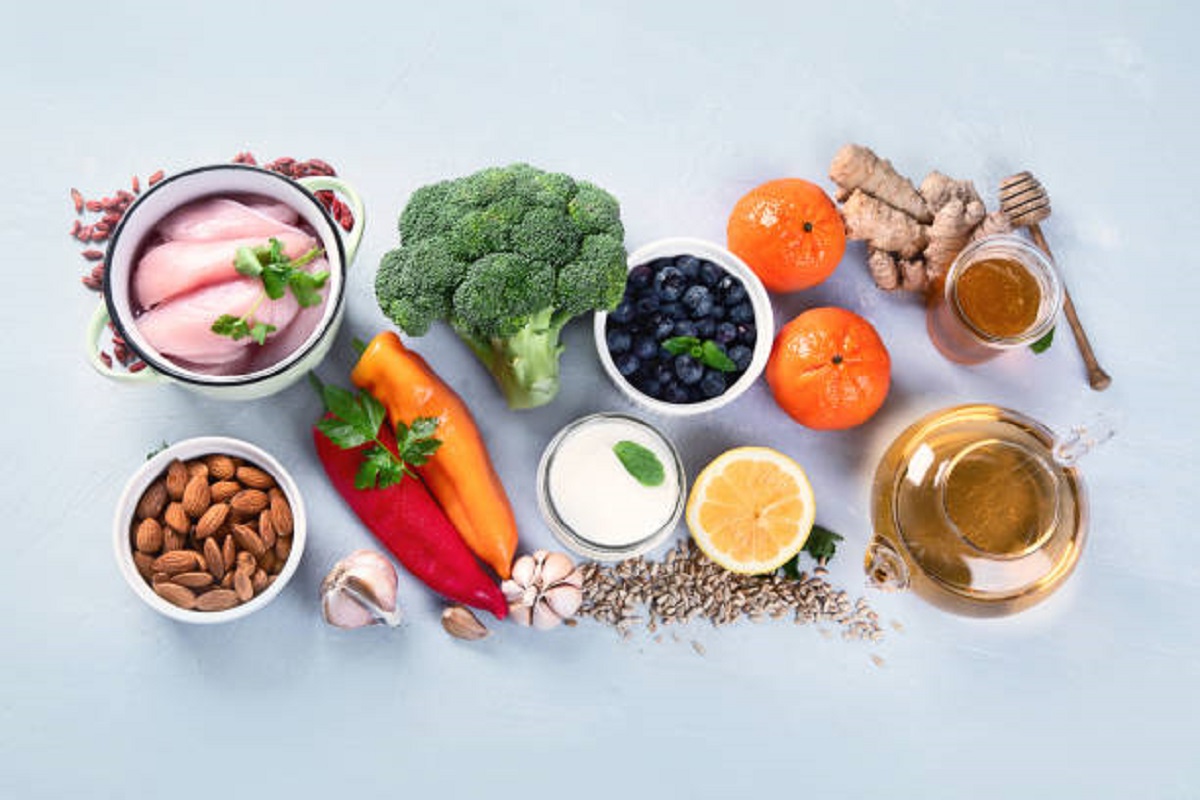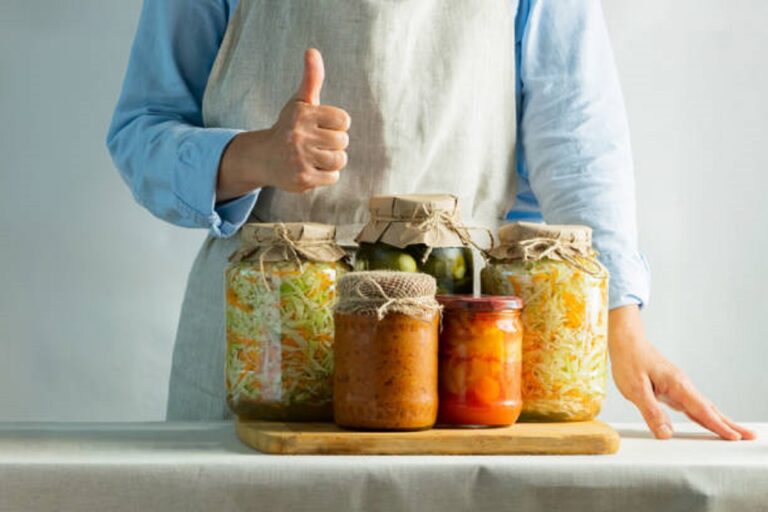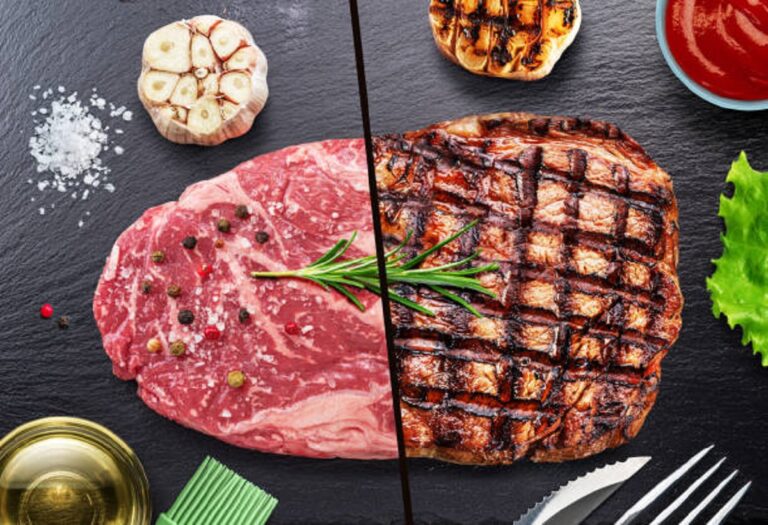MEDICAL NEWS TODAY NUTRITION SIMPLIFIED | 7 DISEASE-FIGHTING FOODS
Let’s be honest: every time you scroll through health news, it feels like food is either a miracle cure or plotting against you. Today its coffee will kill you. Tomorrow it’s, Wait, scratch that, coffee will save your life. Eggs are bad. No, eggs are back in fashion. If you’re exhausted by the constant flip-flop, same here.
That’s why I went digging through Medical News Today’s nutrition advice and stripped it down to what actually makes sense in real life.
No overhype. No guilt. Just food you can eat without overthinking.
WHY THESE HEALTH SITES ARE SLOWLY DRIVING ME INSANE
Alright, fun fact that no one wanted: Medical News Today publishes like 15-20 pieces daily. That’s more than 7,000 annually. Seven thousand!
At the same time I’m over here determining whether eggs are bad or good this week, or whether I need to eat my body weight in spinach or if spinach has turned deadly on me now.
But here’s the thing I figured out after far, far too: headlines are designed to grab you. “Turmeric Fights Cancer!” makes a great title, but the real story is usually softer, something like: turmeric may help calm inflammation if you eat it often enough. Not exactly the same punch, right?
But here’s the good news: you don’t need a science degree or a cabinet full of pricey supplements to eat better. You just need to know which foods are worth adding to your cart, and easy ways to use them.
THE 7 FOODS MEDICAL NEWS TODAY HIGHLIGHTS (No PhD Needed)
After diving through their Medical News Today clicked articles from this year(because apparently this is how I spend my free time now) these same foods keep popping up. But instead of another “these superfoods will change your life” sermon, let’s talk about what they actually do, how to sneak them into your foods without turning into a health guru overnight, and how to not go broke buying them
1. FATTY FISH (Or: Brain Food That Won’t Cost You a Second Mortgage)
Good-fat fish keeps the thinking clear and the grumps away.
Reality check time: Let’s be real, you DON’T have to spend thirty dollars on crazy Alaskan salmon weekly. Those teensy sardine cans that sound disgusting? They pack more omega-3s than most expensive fish. I know, sardines aren’t exactly the most appealing thing in the world, but trust me. Add ’em to pasta sauce and you’ll hardly even notice.
Even frozen mackerel is useful. Good gosh, even regular old canned tuna works, but not necessarily on a daily basis.
What to really do: Aim for 2-3 servings weekly. One serving is roughly the palm-sized serving, not the restaurant serving that is larger than the palm of the hand.
2. LEAFY GREENS (And I’m Not Just Talking About Kale, Karen)
Dark green things make the heart not suck and may make you feel less tired than your third espresso. They are packed with vitamins A, C, K, plus fiber for your gut.
Hot take: Kale is not the vegetable messiah. Spinach suffices. Arugula’s OK. Hell, iceberg lettuce is better than nothing. I purchase the most inexpensive one that isn’t browned, wash it as though my life is at stake, and force it into everything.
Last week I added spinach to my mac and cheese. My inner child was appalled but my body was all “at last, something useful.”
Keep it simple: Add greens to one daily meal. Doesn’t matter where. Smoothies if you feel like pretending you’re fancy, scrambled eggs if you feel like you’re lazy, or just have a sad desk salad like the rest of us.
3. BERRIES (Nature’s Candy That’s Good for You)
Tiny but mighty. Berries’ pretty colors prevent your body breaking down so quickly. They’re loaded with antioxidants.
Money talk: Frozen berries are your friend. They’re as healthy as the fresh ones, half the price, and won’t tempt you out of the fridge as they sit for weeks becoming mush. That $3 package of frozen mixed berries will keep me for two weeks. The $6 pint of the fresh? Expired before I recall they’re there.
Easy mode: Half cup berries, 4-5 times a week. Throw ’em on top of yogurt, put ’em in smoothies, or eat ’em straight out the packet standing in your kitchen at midnight pondering the choices in life. No judgment.
4. NUTS AND SEEDS (The Snacks That Actually Fill You Up)
Great for heart and brain health thanks to their healthy fats. They stop you from longing for all the food in your cupboard an hour from now.
Truth bomb: Those fancy activated almonds that cost more than gold? Skip ’em. Regular peanuts work fine. Sunflower seeds from the gas station? Also fine. Whatever nuts are on sale this week? Perfect.
Just don’t go nuts with nuts (see what I did there?). They’re calorie-dense little devils. I learned this the hard way when I ate half a jar of almond butter and wondered why my pants felt tight.
Portion reality: One handful per day. Your handful, not Andre the Giant’s handful.
5. WHOLE GRAINS (Less Mundane Than Your High School Cafeteria Prepared Them)
These carbohydrates will not make you crash like white bread.
Let’s get real: Whole grains, brown rice, oats, these all work. You don’t have to search for ancient grains that will cost you more than your car note.
When I started to try the healthier options, I tried to overhaul everything all at once and got through three days before I was on white rice again because everything just felt too overwhelming.
Now I just exchange one thing for another. This week it’s brown rice for white. Next week perhaps whole wheat pasta. Baby steps, folks.
Begin here: Swap one finer grain item for whole grain daily. That is all.
6. LEGUMES (The Protein Heroes Nobody Invited to the Party)
Beans and lentils feed the good bacteria in your gut and keep you full for ages.
Budget disclosure: You can get one can of black beans for approximately $1.20 and it has roughly the same protein as the $7 chicken. You can get dried beans even lower in price, but you’ll have to cook them, which I rarely do due to the fact that I am terrible with meal planning.
But canned beans? Just rinse them and throw them in literally anything. Salads, soups, tacos, pasta. I once put chickpeas in my scrambled eggs because I had no other protein and you know what? Not terrible.
Easy integration: Beans or lentils in 2-3 meals per week. Start small or you might, uh, experience some digestive fireworks.
7. GARLIC AND ONIONS (The MVPs You’re Already Using)
They help ward off germs and give your heart cheer.
Plot twist: You’re likely using these already because they make food not taste so sad. So you’ve been unknowingly healthy the whole time.
Sometimes things turn out for the best.
I put garlic and onions in pretty much all the dishes I cook because without them my dishes would taste disappointing. Guess this was a good idea.
Do the same thing you always do: Use them as the basis for most plated dishes. They are cheap, will never go bad, and will make the worst ingredients edible.
MY “STOP MAKING THIS SO COMPLICATED” PLAN
I’ve read enough nutrition studies by this point (it’s an odd brag but here we are), and this is my brilliant breakthrough: consistency is absolutely King when it comes to doing something over attempting everything flawlessly for three days before saying f*** it.
Do not attempt to eat all 7 of these all the time. Select 3 or 4 that you think would be manageable and aim for these for one month. When these feel natural rather than obligatory, introduce additional ones.
YOUR WEEKLY GROCERY LIST (That You Can Afford)
Protein section:
• 2 cans of fatty fish like salmon or sardine ($4-6)
• Toss in 2 cans of Beans ($2)
• A dozen eggs ($3-4)
Produce area:
• Leafy greens(not yet wilted)($2-3)
• Frozen berries ($3)
• Don’t forget garlic and onions ($2)
Dry goods:
• Brown rice or oats ($2-3)
• Nut or seed sale ($4-5)
Total: Around $22-28 for a week of supposedly life-changing foods. That’s less than two takeout orders from my local Thai place.
WHAT ABOUT ALL THESE CONTRADICTORY HEALTH HEADLINES?
Most nutrition studies are looking at tiny, specific details, but the big picture hasn’t changed much since your grandmother was young.
Here’s what everyone completely agrees on:
• Consume more greens than fast food
• Throw in some healthy fats when you can
• Mix up your meals- eating the same things get tiring
• Skip the sugar water and stick to actual water for most of the time
Everything else? Just details on which scientists quibble as the rest of us argue over dinner.
Q: Is Medical News Today reliable for nutrition advice?
A: Yeah, they’re pretty solid, they cite real studies and get medical reviews. The problem is they write like they’re talking to other doctors instead of normal humans trying to figure out what to eat for lunch.
Q: Must I eat all 7 foods daily?
A: God no. Aim for 3-4 most days instead of trying to check every box every day. Consistency beats perfection every time.
Q: Are expensive superfoods better than these basic options?
A: Mostly no. Research keeps showing that regular foods like beans and frozen berries often have better nutritional bang for your buck than trendy expensive stuff. Your wallet will thank you.
BOTTOM LINE (Because I’m Winging It Too)
Having translated far too many health articles, here is what I am sure: the best diet is the one that you will actually stick with in the long term.
These 7 foods work because they’re nutrient-dense, won’t bankrupt you, and fit into most eating styles. Hate fish? Beans have protein. Can’t afford berries? Frozen mixed vegetables have antioxidants.
Progress over perfection. This sometimes means adding spinach to Eggs, or eating brown rice. Small steps add up.
Still confused by health headlines? Same. I’m just figuring it out one overly complicated study at a time, fueled by too much coffee and questionable life choices.
If you enjoyed reading this, Check out my other works and make sure to subscribe for more no-fluff, on budget health hacks to staying healthy.




